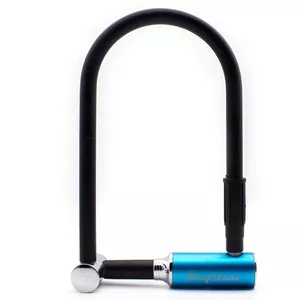The evolution of scooters is a fascinating journey that spans several centuries, starting from human-powered devices to the modern electric scooters we see today. Let’s take a look at the key stages in the evolution of scooters:
- Early Human-Powered Devices (Late 19th Century): The precursor to modern scooters was essentially a plank of wood with wheels attached at each end. These early devices were propelled by pushing off the ground with one foot while keeping the other foot on the board. They were mostly homemade and lacked standardized designs.
- Razor Scooter (2000s): The Razor Scooter, introduced in the early 2000s, marked a significant shift in scooter design. It featured a lightweight aluminum frame, folding mechanism for portability, and small polyurethane wheels. The Razor Scooter quickly became a trend among children and teenagers due to its convenience and ease of use.
- Kick Scooters with Enhanced Features (Late 2000s – Early 2010s): Manufacturers began to incorporate various enhancements into kick scooters, such as larger wheels for smoother rides, better braking systems, adjustable handlebars, and improved folding mechanisms. This made scooters more comfortable and user-friendly.
- Introduction of Electric Scooters (2010s): The electric scooter revolution began around the mid-2010s. Companies like Bird and Lime introduced dockless electric scooters that could be rented using smartphone apps. These scooters had electric motors, allowing users to cover longer distances without much physical effort. However, the rapid influx of electric scooters into urban environments also raised concerns about safety, regulations, and clutter.
- Advancements in Electric Scooter Technology: As electric scooters gained popularity, technological advancements led to improvements in battery life, motor efficiency, and overall design. Swappable battery systems emerged, allowing companies to replace depleted batteries with fully charged ones, reducing downtime for charging.
- Integration with Smart Technology (Present): Modern electric scooters often come equipped with smart features such as built-in GPS, app connectivity, and digital displays. Users can locate available scooters, track their rides, and even receive maintenance notifications through dedicated apps.
- Sustainability and Eco-Friendly Models: With increasing concerns about the environment, there’s a growing emphasis on designing eco-friendly electric scooters. Manufacturers are working on using sustainable materials, more efficient batteries, and improving the recyclability of scooter components.
- Regulations and Urban Planning (Ongoing): The rapid adoption of electric scooters has prompted cities to develop regulations to manage their use. Issues related to rider safety, sidewalk congestion, and proper parking have prompted cities to implement guidelines to ensure the safe integration of scooters into urban landscapes.
- Innovations in Last-Mile Transportation (Ongoing): Electric scooters have become an essential part of the last-mile transportation ecosystem, offering a convenient way to bridge the gap between public transportation and a person’s final destination. Companies continue to innovate in this space, exploring features like swappable batteries, improved suspension systems, and enhanced rider comfort.
The evolution of scooters showcases a blend of traditional concepts with modern technology. As urban transportation needs evolve, scooters are likely to continue adapting to offer convenient, sustainable, and efficient solutions for short-distance travel.





























